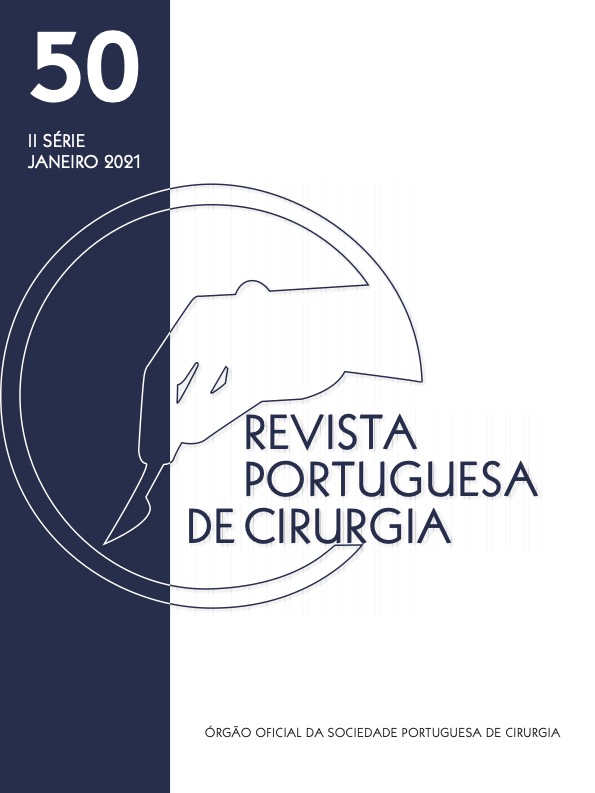DUODENAL PERFORATION INTO RETROPERITONEUM BY A BILIARY STENT
DOI:
https://doi.org/10.34635/rpc.729Keywords:
CPRE, biliary stent, duodenal perforationAbstract
Migration of endoscopically placed biliary stents is a well-recognized complication of endoscopic retrograde cholangiopancreatography (ERCP). Duodenal perforation by a biliary stent is an uncommon but hazardous complication associated with a high mortality rate. It can be either retroperitoneal, causing biloma, or intraperitoneal leading to biliary peritonitis. Duodenal perforation into the retroperitoneum presents itself as a non-specific condition. It requires an extremely high index of suspicion for its early diagnosis. A delayed diagnosis seriously aggravates the prognosis. We report a case of mortality secondary to a duodenal perforation into retroperitoneum by a biliary stent endoscopically placed with an atypical symptomatology.
Downloads
References
2 Vezakis A, Fragulidis G, Polydorou A. Endoscopic retrograde cholangiopancreatography-related perforations: Diagnosis and management. World J Gastrointest Endosc. 2015;7(14): 1135-1141. DOI: 10.4253/wjge.v7.i14.1135
3 Issa H, Nahawi M, Bseiso B, Al-Salem A. Migration of a biliary stent causing duodenal perforation and biliary peritonitis. World J Gastrointest Endosc. 2013;5(10):523-526. DOI: 10.4253/wjge.v5.i10.523
4 El Zein MH, Kumbhari V, Tieu A, et al. Duodenal perforation as a consequence of biliary stent migration can occur regardless of stent type or duration. Endoscopy. 2014;46:E281–E282. DOI: 10.1055/s-0034-1365790
5 Bui BT, Oliva VL, Ghattas G, et al. Percutaneous removal of a biliary stent after acute spontaneous duodenal perforation. Cardiovasc Intervent Radiol. 1995;18:200-202. PMID: 7648600
6 Miller G, Yim D, Macari M, et al. Retroperitoneal Perforation of the duodenum from biliary stent erosion. Cur Sur. 2005;62(5): 512-515. DOI: 10.1016/j.cursur.2005.03.011
Downloads
Published
Issue
Section
License
Para permitir ao editor a disseminação do trabalho do(s) autor(es) na sua máxima extensão, o(s) autor(es) deverá(ão) assinar uma Declaração de Cedência dos Direitos de Propriedade (Copyright). O acordo de transferência, (Transfer Agreement), transfere a propriedade do artigo do(s) autor(es) para a Sociedade Portuguesa de Cirurgia.
Se o artigo contiver extractos (incluindo ilustrações) de, ou for baseado no todo ou em parte em outros trabalhos com copyright (incluindo, para evitar dúvidas, material de fontes online ou de intranet), o(s) autor(es) tem(êm) de obter, dos proprietários dos respectivos copyrights, autorização escrita para reprodução desses extractos do(s) artigo(s) em todos os territórios e edições e em todos os meios de expressão e línguas. Todas os formulários de autorização devem ser fornecidos aos editores quando da entrega do artigo.



